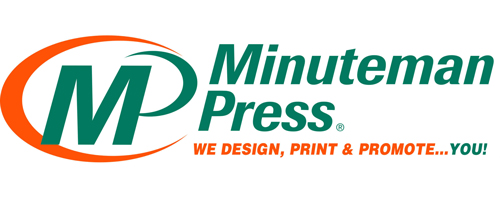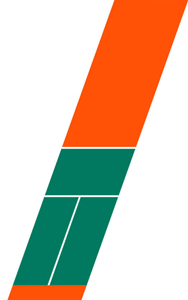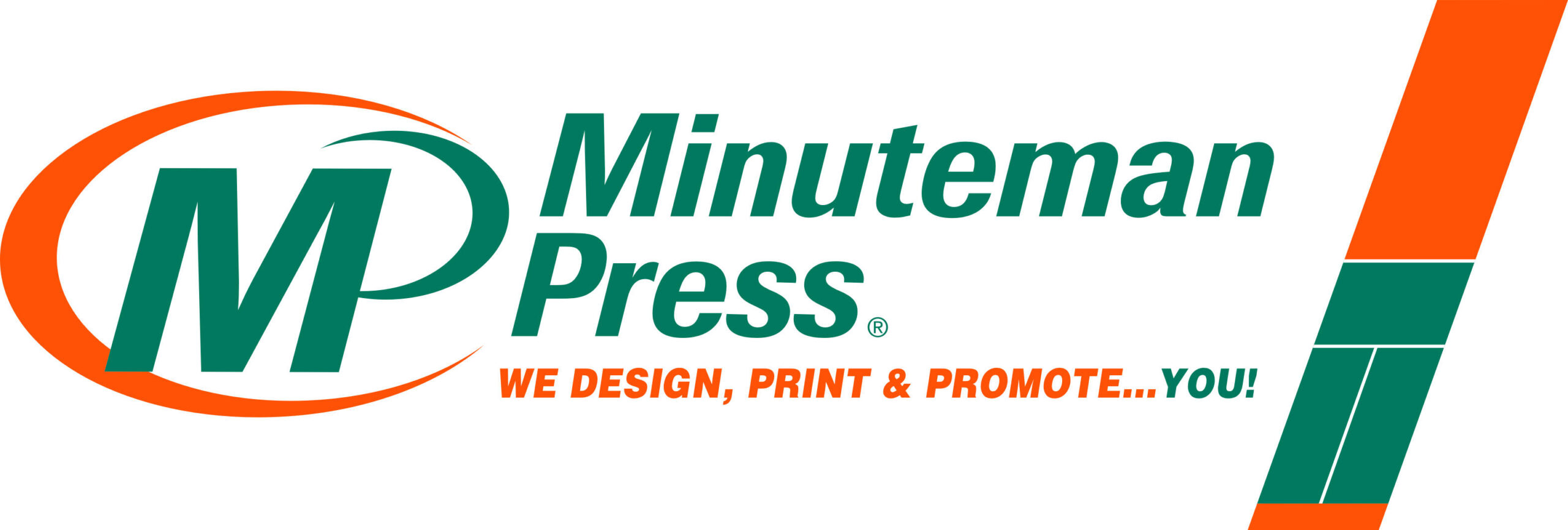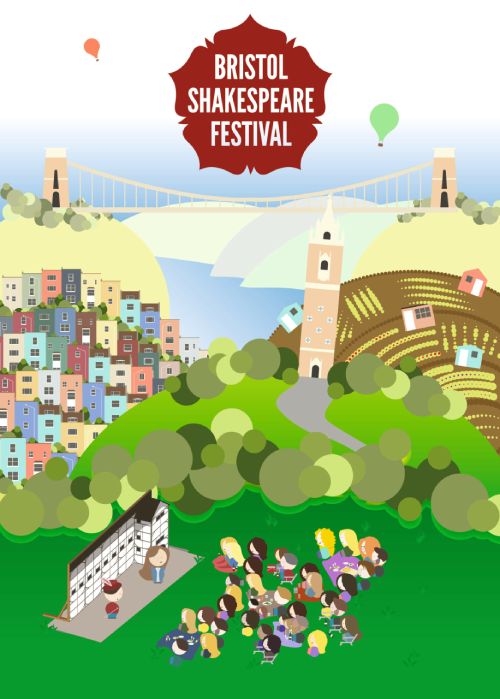Design & Print Glossary
We receive lots of questions relating to design and print, which is why we decided to create a print glossary. If you require any additional information or clairification,please email us.
Bleed
Where artwork design crosses the edge of the page, bleed is required to ensure full print coverage.
The bleed is the region on the sides of the document that provides the printing press with an amount of space to grip paper and navigate design inconsistencies. The paper used is larger than the artwork (eg SRA3 for A3, see paper sizes) and is trimmed to the required dimensions.
Bleeds should be 4mm from where the cut is to be made (with the exception of PVC banners and exhibition stand stoplight material, where a 25mm bleed is required).
To produce a PDF with crop and bleed marks in Acrobat, select ‘Print Menu’ then ‘Advanced’ option and choose ‘Marks and Bleeds’ option. Then select the marks required.
Carbonless paper
Paper coated with chemicals to enable the transfer of images from one sheet to another with pressure. Sheets can be tinted (eg yellow, pink, green) or white.
Creasing
The process of creasing ensures that the spine of a document or publication does not crack and results in a sharp, crisp fold. Double creasing can be used to create a spine.
CMYK
The colours used in four colour process printing, Cyan Magenta Yellow Black. Black is ‘K’ to differentiate from the blue ‘B’ in RGB.
Comb binding
Also known as plastic comb binding. A punch creates holes along the edge of the document, a comb binding machine opens the plastic comb, pages are inserted and the comb opener is released closing the plastic comb. A comb bound document can be opened flat on a desk.
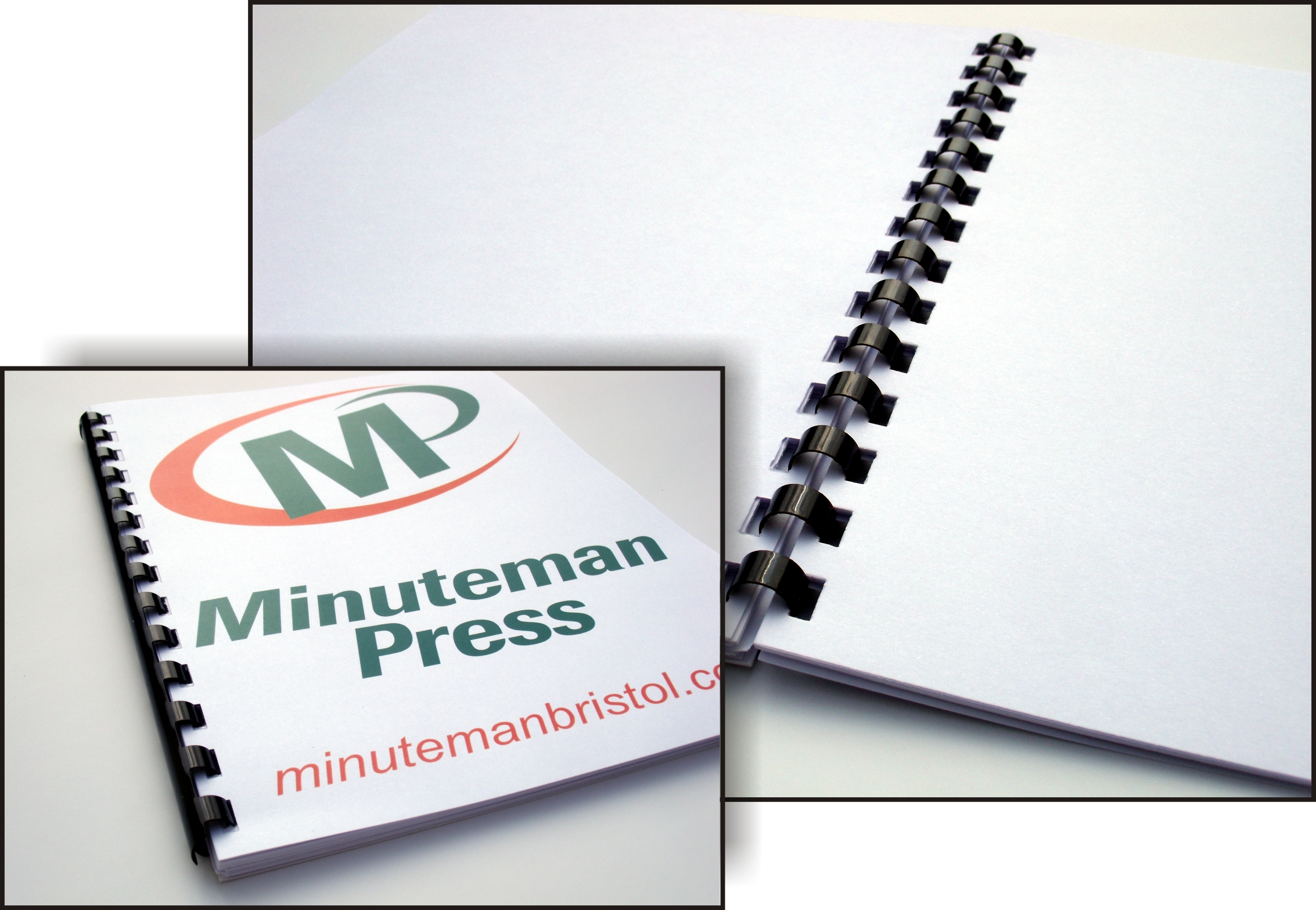
Creep
In a booklet, the bulk of the paper causes inner pages to extend or creep further out than the outer pages when folded. Once trimmed, the inner pages become narrower than the outer pages, counteracting the creep.
Creep varies depending on the thickness of the paper and the number of pages. If there is no creep allowance, when pages are trimmed the outer margins become narrower toward the centre of the booklet and there is the possibility that text or images may be cut off.
Creep allowance
Adjusting the page layout of inner spreads to maintain a constant outer margin when the saddle stitched booklet is trimmed to counteract creep.
Cutting die
Custom ordered sharp edged device to cut specific and unusual sized projects.
Crop marks
Single lines denoting the edge of the document. Crop marks should be included on a document to indicate where to cut. Design programs (eg InDesign, CorelDraw) will include a crop mark option.
To produce a PDF with crop and bleed marks in Acrobat, select ‘Print Menu’ then ‘Advanced’ option and choose ‘Marks and Bleeds’ option. Then select the marks required.
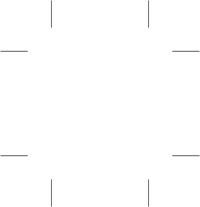
Debossing (aka blind embossing)
To press an image so it becomes a pattern pressed into the surface.
Duotone
A two colour halftone used in two colour printing. This produces a tinted effect using a black and white original.
Emboss
To press an image so it becomes a three dimensional raised image.
DPI (dots per square inch)
The number of individual dots that can be placed within the span of one linear inch (25.4mm). Printers with higher DPI produce clearer and more detailed output.
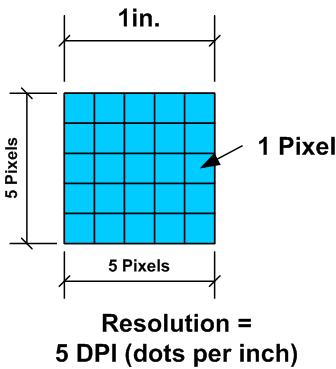
Encapsulating
Permanent double sided encasing of a document in clear plastic film applied using heat and pressure, the edge around the document being about 3mm. Encapsulating protects the document and is suitable for outside use. See also laminating.
Foil blocking
Application of heat and metallic film on a material.
Fonts
A complete set of a particular style of typeface (eg Arial Bold).
Imposition
The layout of pages on the printed sheet ensuring correct order when the sheet is folded.

Gloss
Surface shininess, a bright sheen; coated.
GSM
GSM is the abbreviation for grams per square metre, the weight of the paper or board. Typically a measurement of stock weight in printing.
Halftone
Reproduction of an image by converting it into small dots of varying densities to simulate a full tonal range.
Registration marks
Used to align overlaying colours during each of two (or more) ink colour print runs.

Hardback
A book bound in stiff rigid covers, typically cardboard, cloth or leather. Also known as hardcover.
Image resolution
Low resolution images detract from design. Images should be at least 300dpi (dots per inch). Images downloaded from the internet can be as low as 72dpi. Dots comprising the image are bigger for low resolution images and this can be noticeable when enlarged.
Laid paper
Uncoated paper that has a textured pattern of parallel lines at equal distance.
RGB
Colour model where Red Green and Blue light is added together to reproduce an array of colours. The system is used for the display of colour images electronically (eg LCD and CRT screens).
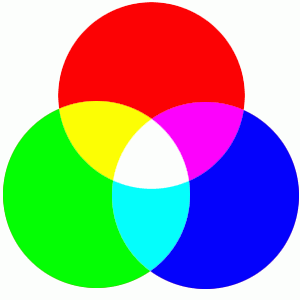
Laminating
Permanent single or double side (gloss or matt) clear adhesive film applied using pressure and (sometimes) heat; the film does not extend over the edge of the document. Laminating protects the document but is not suitable for outside use. See also encapsulating.
Matt
Lack of visual brightness. Reflecting very little light; coated. No perceptible sheen.
Micron
A unit of length equal to one millionth of one metre, or one thousandth of one millimeter. Typically a measurement of stock thickness in printing.
Spiral binding
Also known as coil binding; a punch creates holes along the edge of the document, the spiral inserter rotates the continuous plastic spiral through the holes and a crimping machine cuts the excess spiral and crimps the end.
A spiral bound document can be opened flat on a desk and features 360 degree rotation.
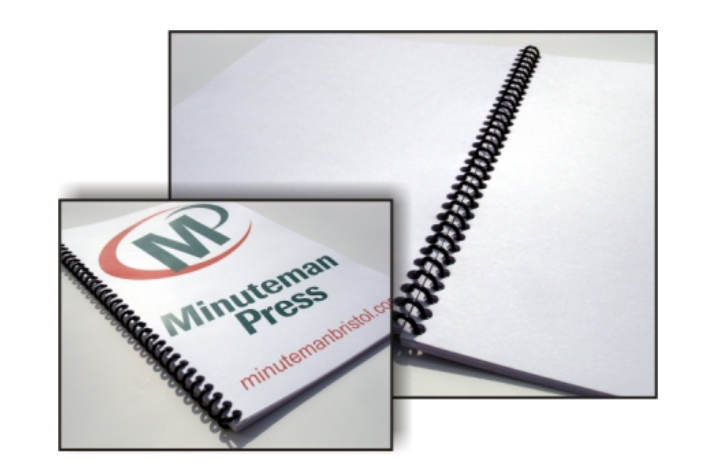
Native file
A file saved in the format of the original application used to create the file.
Offset printing
Printing system where the paper does not come into contact with the printing plate. The ink is transferred from the plate to a blanket cylinder and then to the paper.
Pantone
Colour matching system created by Pantone Inc. Inks are specified and identified by numbers to produce standard results across the industry.
Wire binding
A punch creates holes along the edge of the document, pages are inserted onto a wire spine and a wire closer compresses the wire spine until the spine is circular.
A wire bound document can be opened flat on a desk and features 360 degree rotation.
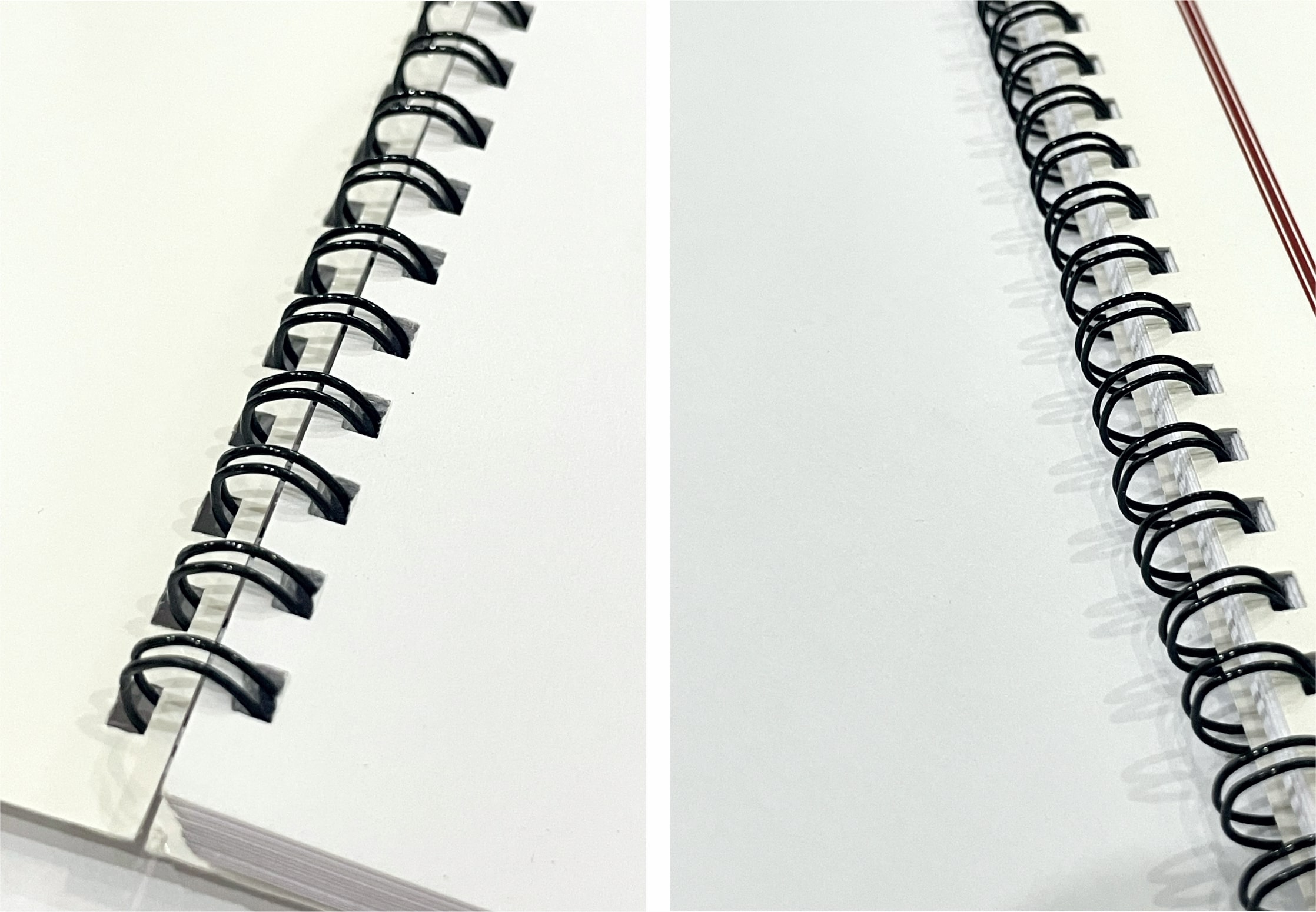
Paperback
A book bound in stiff paper covers or flexible card, typically up to 350gsm. Also known as softback or softcover.
Paper size
Comprehensive information is located at paper and envelope sizes.
p
Abbreviation of ‘page’.
Pagination
The numbering of pages.
Portable Document Format. A file format for document exchange independent of application software, hardware and operating systems. A PDF file ensures artwork created and saved as a PDF from the original format can be viewed or printed with a consistent layout. Recognised by the file extension .pdf.
Perfect binding
Book binding where the pages are held in the spine by glue. Many magazines and most paperback books are perfect bound.
pp
Abbreviation for more than one page.
Reversed out printing
Printing a solid block of colour while leaving the text to be read as unprinted areas on the paper.
Run ons
A price is quoted for the job and for additional copies, facilitating the calculation of values for alternative volumes. The run-on price is valid for copies printed with the main run. The opposite is run backs.
Saddle Stitch
A method of assembling a booklet with a staple through the fold.
Signature
A sheet printed with four or a multiple of four pages that when folded becomes a section of a publication.
Silk
Silk can also be referred to as satin or velvet; coated. Silk refers to the level of sheen and is notionally midway between gloss and matt.
Softback
A book bound in stiff paper covers or flexible card, typically up to 350gsm. Also known as paperback or softcover.
Spot colour
A specific colour not generated by CMYK.
Spot varnish
Application of plastic based varnish to specific parts of a surface to highlight those specific parts (100% coverage is also possible).
SRA
The SRA paper size series is defined by ISO217. SRA is the abbreviation for ‘Supplementary Raw Format A’. SRA after printing and binding are cut to match the ISO216 A format. SRA paper is typically used in printing where a bleed to the edge of the page is required.
Typeface
A set of fonts (eg Arial).
VAT
0% Annual reports, booklets, books, brochures, flyers, leaflets, magazines, manuals, music scores, newsletters, orders of service, price lists, programmes, reports.
20% Appointment cards, banners, bindery, bookmarks, business cards, calendars, certificates, compliment slips, continuation sheets, copies, direct mail, envelopes, folders, forms, forms (carbonless), graphics and typesetting, greetings cards, ID cards, invitations, labels, letterheads, logo design, loyalty cards, media duplication, membership cards, menus, pads, postcards, posters, signage, stamps, stock, tickets, vouchers.
Information is sourced from the VAT Notice 701/10: zero-rating of books and other forms of printed matter (updated 9 June 2015).
Vegetable based inks
Inks that are made with vegetable oils, not mineral based.
Wove paper
Uncoated paper with a uniform surface, without texture or pattern.
